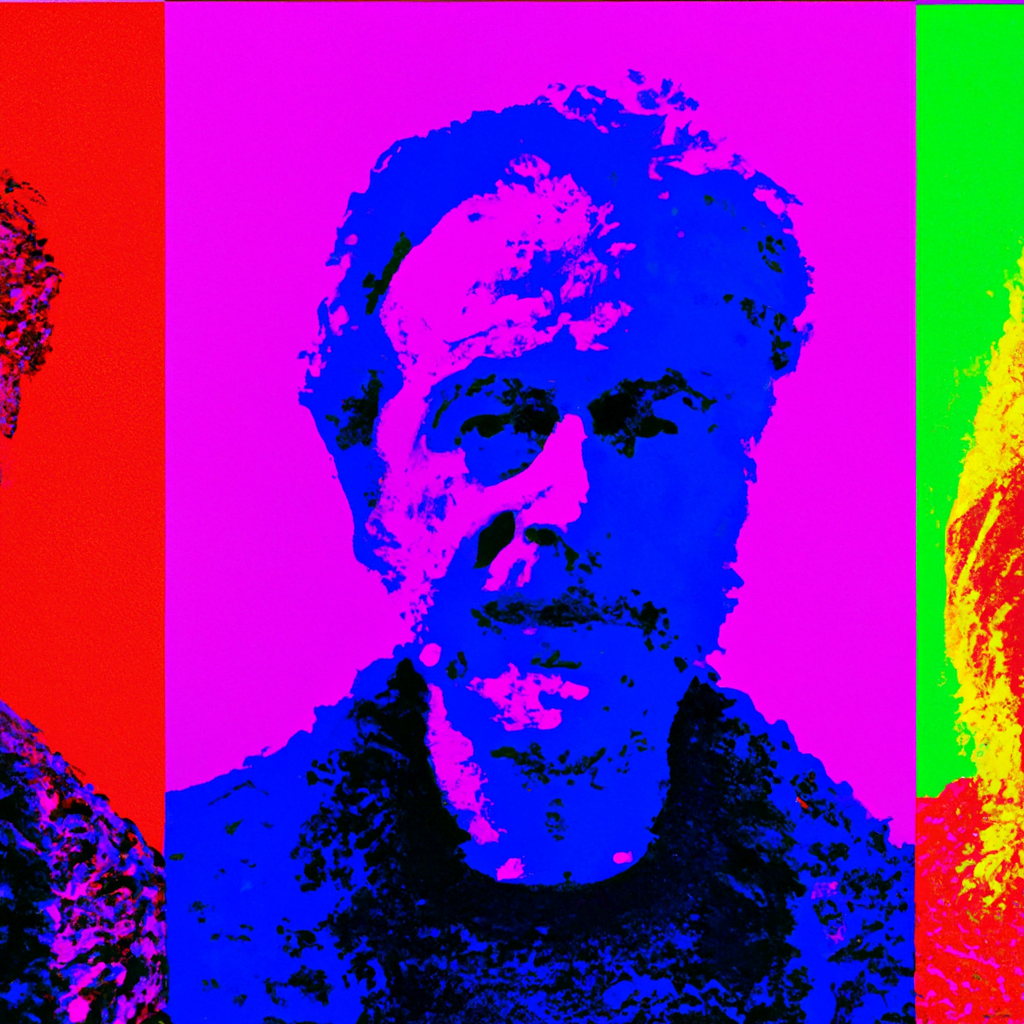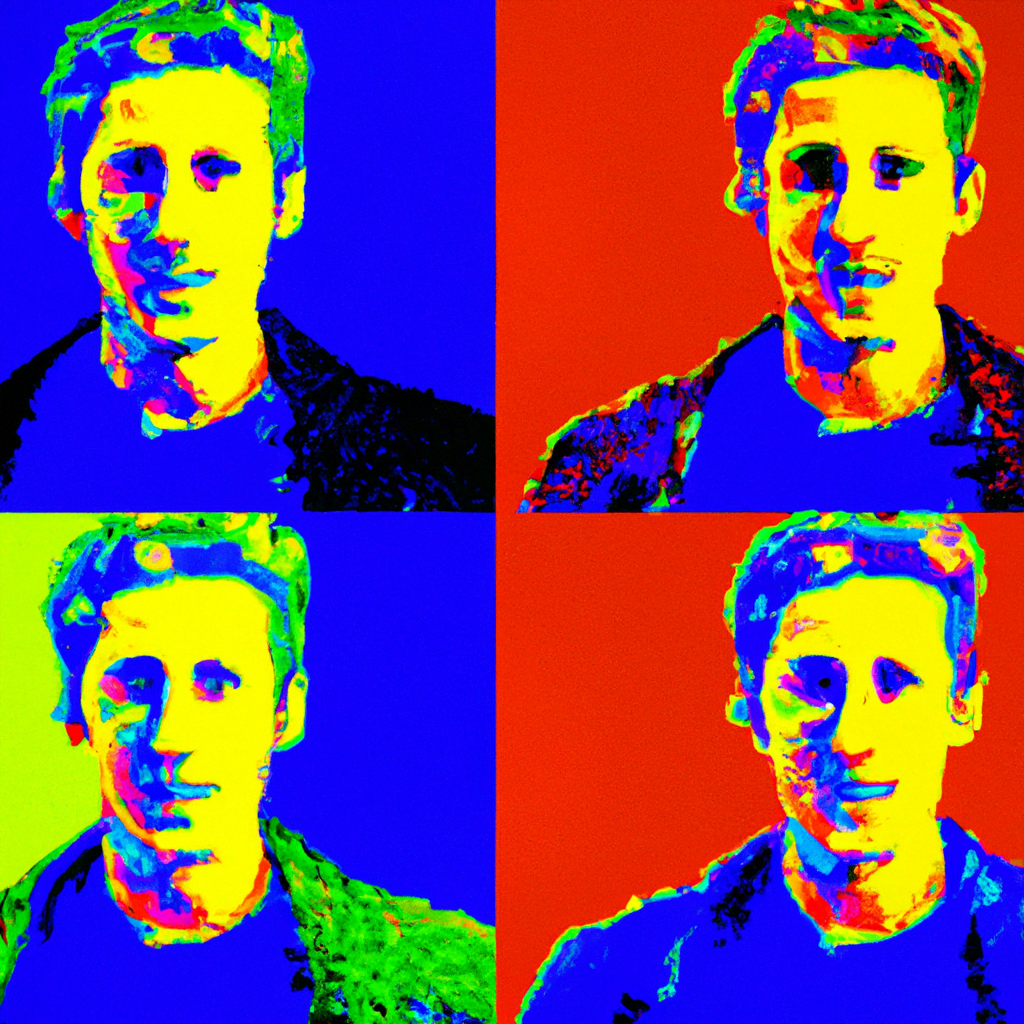
AI-Driven Real-time Image Processing in Design

Artificial Intelligence (AI) has revolutionized various industries, and design is no exception. With the advent of AI-driven real-time image processing, designers now have access to powerful tools that can enhance their creative process and improve the overall quality of their work. This article explores the impact of AI in design, specifically focusing on real-time image processing, and how it is transforming the industry.
The Role of AI in Design
AI has become an integral part of the design process, enabling designers to automate repetitive tasks, generate new ideas, and enhance their creativity. Real-time image processing, powered by AI algorithms, allows designers to manipulate and transform images in real-time, providing instant feedback and accelerating the design workflow.
One of the key advantages of AI-driven real-time image processing is its ability to analyze and understand the content of an image. AI algorithms can identify objects, colors, textures, and other visual elements, allowing designers to make informed decisions based on this analysis. For example, a designer can quickly identify the dominant colors in an image and use them as a basis for creating a color palette for a new design project.
Applications of AI-Driven Real-time Image Processing in Design
The applications of AI-driven real-time image processing in design are vast and diverse. Here are some examples:
1. Image Editing and Retouching
AI algorithms can automatically detect and remove imperfections in images, such as blemishes, wrinkles, or unwanted objects. This saves designers valuable time that would otherwise be spent on manual retouching. Additionally, AI can enhance images by adjusting brightness, contrast, and color levels, resulting in visually appealing designs.
2. Style Transfer
Style transfer is a technique that allows designers to apply the visual style of one image to another. AI algorithms can analyze the style of an image and transfer it to a different image, creating unique and visually striking designs. This technique is particularly useful in fields such as advertising and branding, where designers need to create visually consistent and cohesive designs.
3. Image Recognition and Classification
AI algorithms can analyze and classify images based on their content. This enables designers to search for specific images based on their visual characteristics, making it easier to find relevant assets for their design projects. For example, a designer can search for images of “mountains” or “beaches” and quickly find suitable images to incorporate into their designs.
4. Augmented Reality (AR) Design
AI-driven real-time image processing plays a crucial role in AR design. By analyzing the real-world environment through a camera, AI algorithms can overlay virtual objects onto the real world in real-time. This allows designers to create immersive and interactive AR experiences, such as virtual try-on for fashion or furniture placement in interior design.
Case Studies
Several companies have already embraced AI-driven real-time image processing in their design workflows, achieving remarkable results. Let’s explore a few case studies:
1. Adobe Sensei
Adobe Sensei, the AI platform developed by Adobe, offers a range of AI-driven features for designers. One notable feature is Content-Aware Fill, which intelligently fills in gaps or removes unwanted objects from images. This saves designers significant time and effort in the image editing process.
2. Canva
Canva, a popular online design tool, utilizes AI algorithms to analyze and classify images in its extensive library. This allows designers to search for specific images based on their visual characteristics, making it easier to find suitable assets for their designs.
3. Prisma
Prisma is a mobile app that applies AI-driven style transfer to images. Users can choose from a variety of artistic styles, and the app applies the chosen style to their photos in real-time. This allows users to create unique and visually appealing images with just a few taps.
The Future of AI-Driven Real-time Image Processing in Design
The future of AI-driven real-time image processing in design is promising. As AI algorithms continue to improve, designers will have access to even more advanced tools and capabilities. Here are some potential developments:
- Improved image recognition and classification algorithms, enabling designers to search for images based on complex visual characteristics.
- Enhanced style transfer techniques, allowing designers to create even more unique and visually striking designs.
- Integration of AI-driven real-time image processing with virtual reality (VR) and mixed reality (MR), opening up new possibilities for immersive design experiences.
- Collaborative design tools that leverage AI to facilitate real-time collaboration between designers, regardless of their geographical location.
Summary
AI-driven real-time image processing is revolutionizing the design industry. By leveraging AI algorithms, designers can automate repetitive tasks, enhance their creativity, and improve the overall quality of their work. From image editing and retouching to style transfer and augmented reality design, AI is transforming the way designers approach their craft. As AI continues to advance, the future of real-time image processing in design looks promising, with even more advanced tools and capabilities on the horizon.
